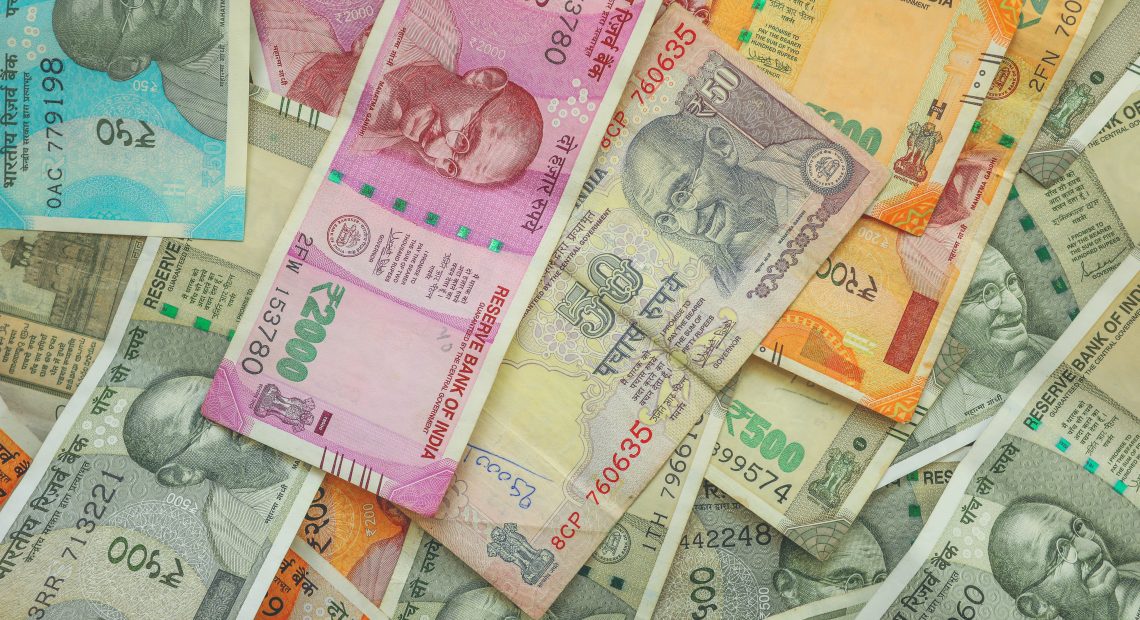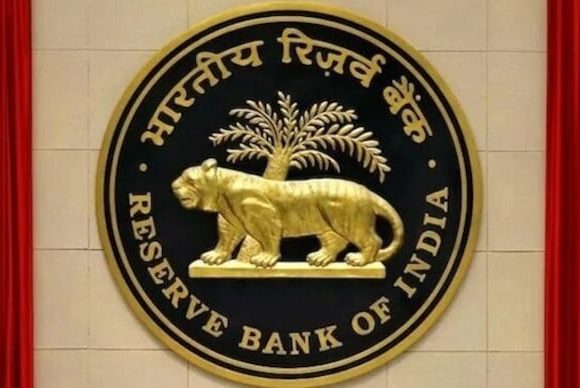
Banking System Liquidity Hits ₹3.74 Trillion, RBI Responds
India’s banking system has recorded a surplus liquidity of ₹3.74 trillion as of July 2, marking the highest level seen since June 2022. According to Reserve Bank of India (RBI) data, the surplus is the result of a combination of government spending patterns and weak Goods and Services Tax (GST) collections, creating a temporary flush of funds in the system.
Government Spending Boosts Liquidity
The liquidity surge has been primarily attributed to increased government spending, particularly in the final weeks of the previous fiscal quarter. Simultaneously, a weaker-than-usual GST inflow failed to drain expected levels of cash from the system. As a result, banks are now sitting on a record amount of idle funds, intensifying the need for RBI intervention to restore balance.
RBI to Conduct ₹1 Trillion VRRR Auction
To manage the surplus, the RBI has announced a seven-day Variable Rate Reverse Repo (VRRR) auction worth ₹1 trillion, scheduled for July 4. Through VRRRs, the central bank aims to absorb excess funds from the banking system temporarily, thereby guiding overnight interest rates back toward the policy corridor.
More such liquidity-absorption measures are likely to follow in the coming weeks as the RBI maintains a fine balance between supporting economic recovery and ensuring monetary stability.
Impact on Market Rates and Monetary Policy
Despite earlier VRRR efforts, the call money rate—the rate at which banks borrow from each other overnight—has remained close to the Standing Deposit Facility (SDF) rate and below the repo rate. This indicates that liquidity remains surplus even after previous interventions.
The bond market, however, has reacted positively. Surplus liquidity and a dovish RBI policy stance have provided support to government securities, keeping yields stable. However, analysts caution that narrowing spreads between Indian and US yields could begin to impact foreign investment inflows.
RBI’s Tightrope: Growth vs Inflation
The RBI’s task now becomes even more nuanced. While surplus liquidity can stimulate lending and investment, it may also complicate inflation management and weaken monetary transmission if not addressed in time. The upcoming VRRR auctions, and potentially more stringent liquidity management tools, will be critical in assessing the RBI’s stance over the next quarter.


















